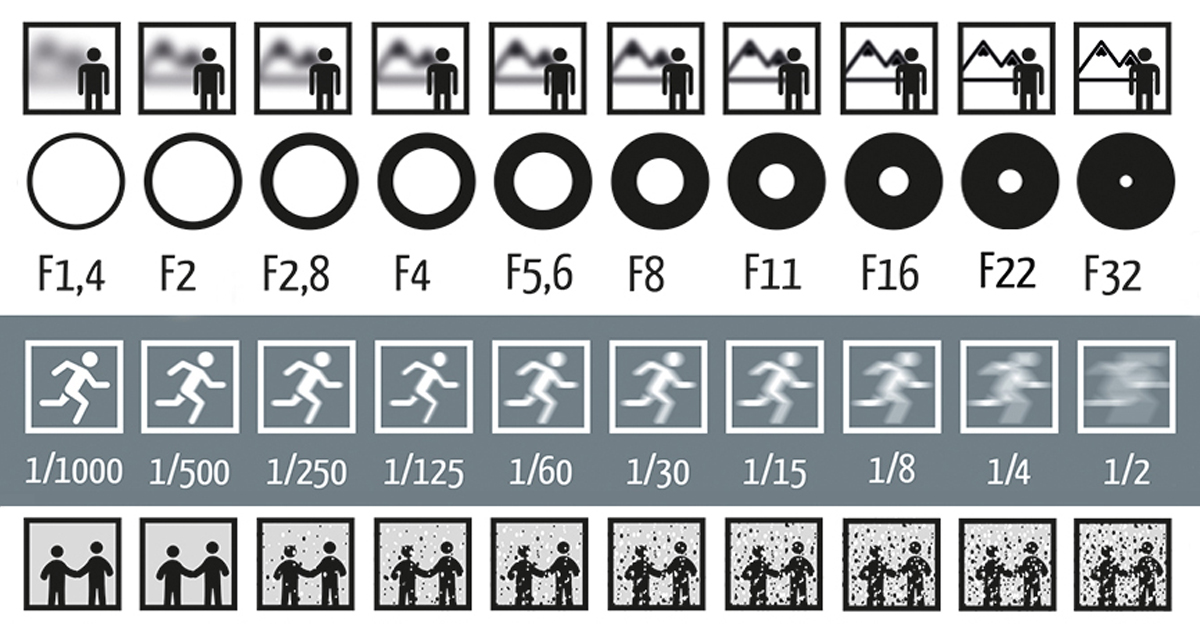Photography can be an expensive hobby, but one that has such a valuable reward. Your money will return, but the moment cannot, so capturing it in quintessential quality is important. Questions about photography are asked to in abundance, but most of them revolve around lenses and which ones are most recommend. Some lenses can take you back thousands of dollars, and even though they are typically worth every dime, there are options that are available on the market for a fraction of the cost that can give you a look back at the moments in your life that you has wished to capture, and even convince you that the photo made it seem even more so like a beautiful dream.
One lens that I personally swear by and believe should be in every DSLR users collection is the 50mm lens. This lens comes with the cute moniker; the nifty fifty, because of its nominal price tag and exceptional value in any photo lovers kit. This lens comes in a few varieties which also determines how low of a limbo in price you can go. The variations are ; 50mm f1.8 which costs about $150.00, 50mm f1.4 which I will estimate to be about $450 (generously), and the 50mm f1.2 which can sell for over $700+.
Needless to say, the lens of focus in this article is the 50mm f1.8 which I purchased guilt free at $150.00. This lens has brought some of my captured moments to life by blurring the background and creating a gorgeous depth of field.
From the research that I had done, most people would agree with me that the $150 50mm f1.8 performs just as well as any of its higher priced 50mm counterparts. Some reviewers even went as far as to ask if the higher priced options were even worth it when such a cost effective option was available, and with a little extra knowledge and know-how can perform to almost point blank the same level of quality.
This lens is the perfect lens for any beginner who is interested in street photography, landscape photography, portraits, and general arms length photos. This lens is easily stored and doesn't draw much attention like some huge zoom lenses which might make it seem as if you're a Vogue or National Geographic photographer. You're just someone with passion and an eye for quality.
Most people wonder how to get those dreamy blurred backgrounds, known as bokeh. Bokeh is caused by the depth of field and allowance of light into the lens opening. Many factors can affect the depth of field and it takes some practice with aperture settings to get the best bokeh to your liking. Aperture on the 50mm f1.8 can open as much as f1.8 which is a nice enough opening to let plenty of light in and get a gorgeously blurry bokeh. The larger the aperture opening, (smaller number of aperture such as 1.8) the shallower the depth of field thus creating a blurry background and sharpening focus only on the object that has the focus set on it.

Too many people are content with the iPhone portrait mode feature, and use it generously to capture photos even from distances that don't allow the feature to perform at its best, but I think it only works somewhat acceptably in impeccable lighting, or else its just a grainy grayish attempt that looks as if you fake blurred the background with a heavy hand in some app. It just doesn't compare.
My most crucial suggestion would be to learn how to use your DSLR in manual mode. Learn how to adjust for the right lighting, learn how to open up that aperture, tune the shutter speeds, and any other little kinks that need to be adjusted to capture that perfect image. With the nifty fifty the photographic world is at your fingertip but it's up to you to find its full potential because on auto, it will all slip through the cracks and default you into the basic comfort zone of the camera at that specific light. Basic. We don't always want basic. For extraordinary results, reach for extraordinary expectations and step out on a limb to teach yourself the ins and outs of photography with this entry level lens. With the internet at our fingertips at all times of the day, available even on the screens of our phones, we have access to all of the information necessary to create the images we dream of.















0 comments